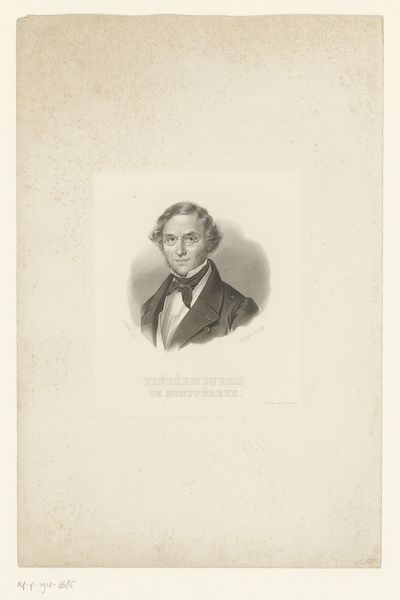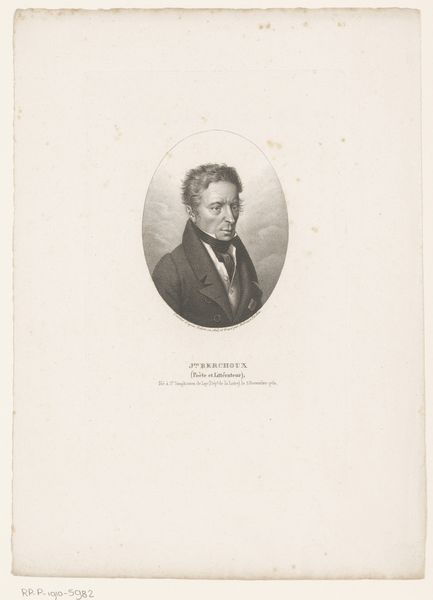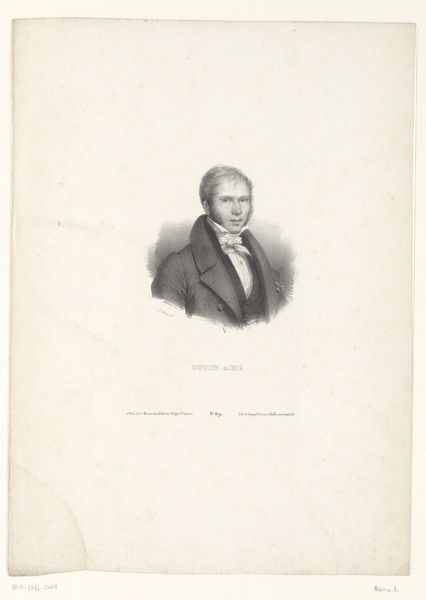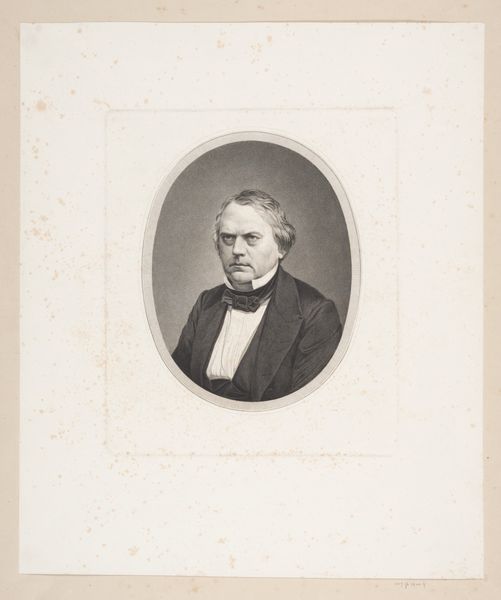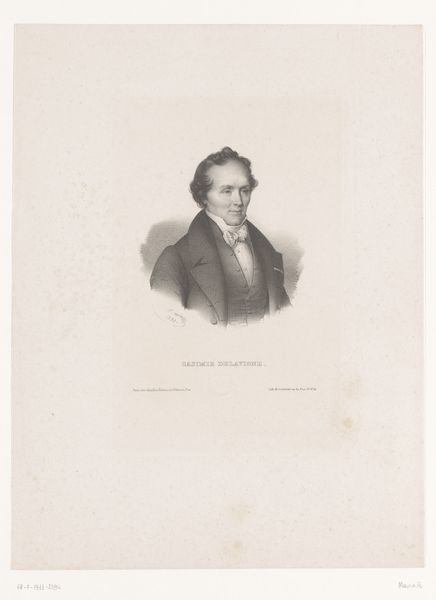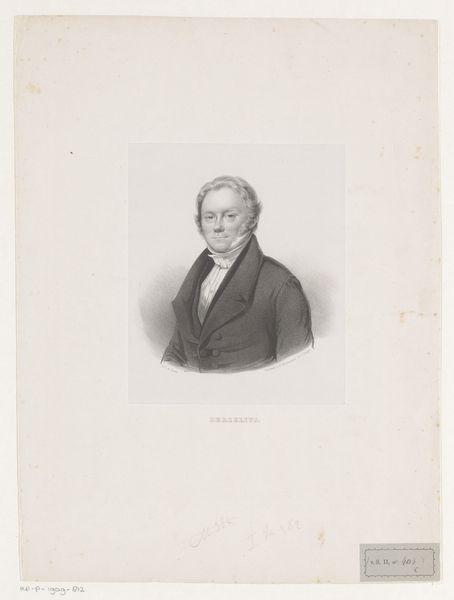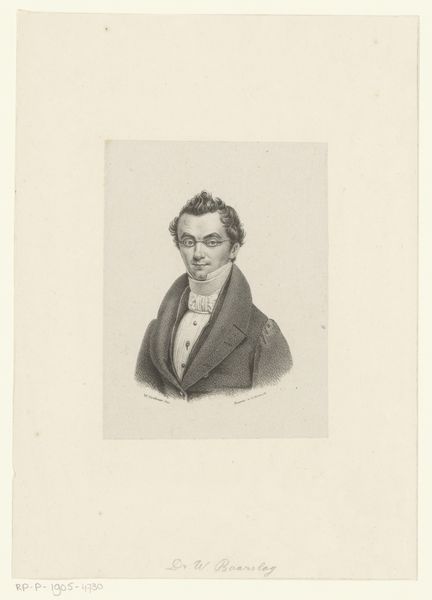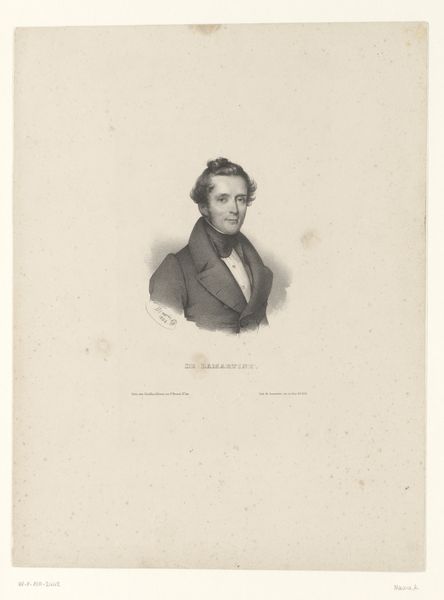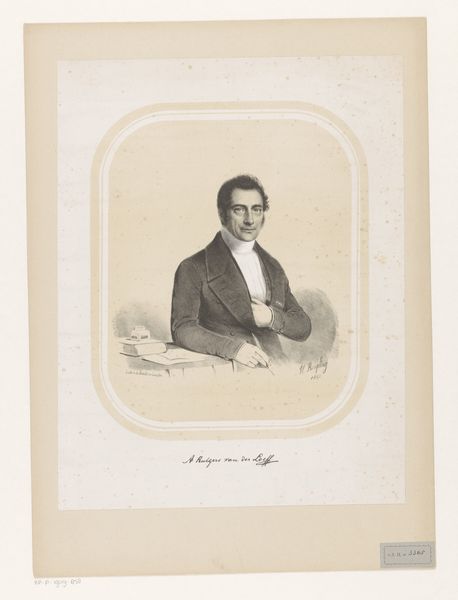
print, engraving
#
portrait
# print
#
romanticism
#
history-painting
#
engraving
#
realism
Dimensions: height 250 mm, width 158 mm
Copyright: Rijks Museum: Open Domain
Curator: Here we have a print dating from 1840 to 1855, identified as a portrait of Heinrich Wilhelm August von Gagern by Johann Georg Nordheim. The medium is engraving. Editor: My first impression is one of profound seriousness. The somber color palette really contributes to the overall feeling of introspection and authority, would you agree? Curator: The limited palette of greyscale enhances our appreciation of the complex formal elements—the artist utilizes fine lines to convey subtle textures, creating a range of tonal values from dark to light. The play of light and shadow articulates both form and content, constructing a convincing image of a sitter and lending three-dimensionality to what would otherwise be a flat composition. Editor: Indeed, it does look as though meticulous planning and execution went into it. It prompts one to wonder: what labor conditions and workshops enabled such finely detailed prints in that era? We can also speculate about its initial consumption. How was the creation of portrait prints embedded within larger manufacturing, trade, and consumer networks? The textures visible—the sitter’s wool jacket or even the textile upon which his hand rests—hints at class and consumer culture. Curator: Good point, though it would be careless not to also notice the sharp geometric lines defining his jacket—in contrast with the round shape of the back of his chair. These contribute to an internal structural organization that brings balance and tension to the whole piece. The very specific way his dark suit is juxtaposed with his white shirt draws our attention to the person—and what his expression may suggest about his station, temperament, and perhaps even ambitions. Editor: Beyond aesthetics, what kind of sociopolitical role could the printing of such portraits have had at that particular moment in German history? Curator: An interesting perspective. Editor: So true, the convergence of technique and sociopolitical messaging adds layers of significance. Curator: I see your point; an intersection between craft, history and meaning, so to speak. Editor: Exactly. I think our considerations add an unexpected dimension to what may seem like a formal work at first glance.
Comments
No comments
Be the first to comment and join the conversation on the ultimate creative platform.
